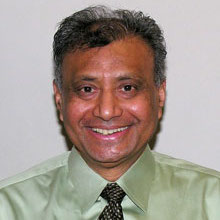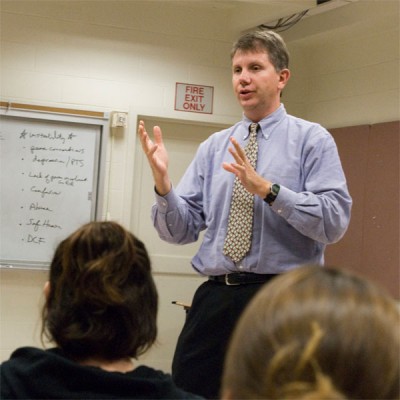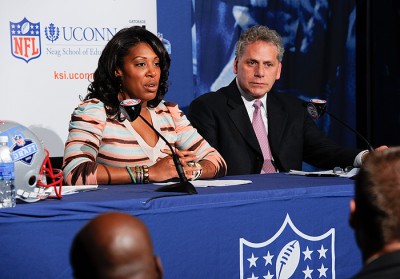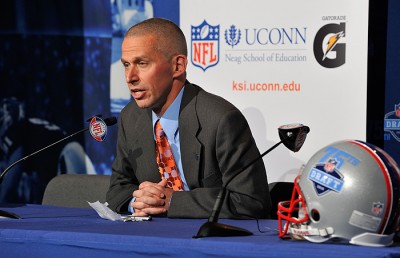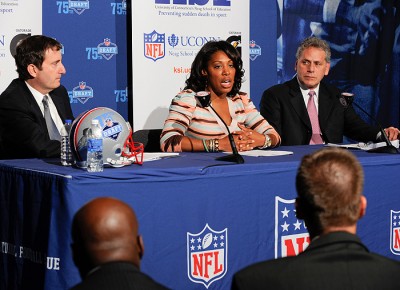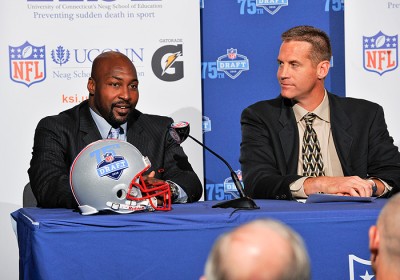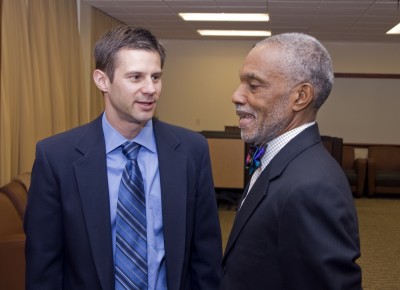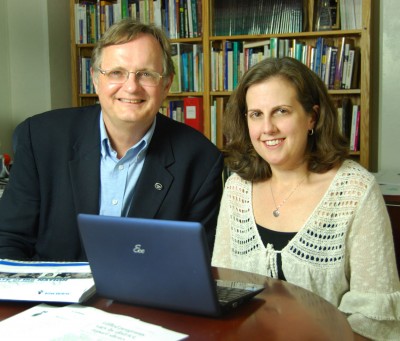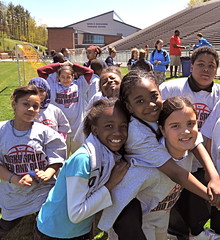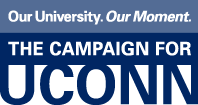 Bank of America has donated $25,000 through the UConn Foundation to the Teacher Preparatory Studies Program at Bulkeley High School, a new initiative that prepares and encourages talented students, particularly from minority groups, to become teachers. The initiative is believed to be the state’s first dedicated teaching program focused on recruiting, supporting, and preparing talented high school students to pursue careers in education.
Bank of America has donated $25,000 through the UConn Foundation to the Teacher Preparatory Studies Program at Bulkeley High School, a new initiative that prepares and encourages talented students, particularly from minority groups, to become teachers. The initiative is believed to be the state’s first dedicated teaching program focused on recruiting, supporting, and preparing talented high school students to pursue careers in education.
The gift was made as part of UConn’s $600 million capital campaign, Our University, Our Moment, the Campaign for UConn, which seeks to increase support for education, research and outreach.
“At Bank of America, we pride ourselves on our commitment to youth development, particularly in underserved communities,” said Kevin Cunningham, Bank of America Connecticut president. “That commitment is expressed through support of innovative programs like the Teacher Preparatory Program, which will open new doors for students at Bulkeley High.”
Through a partnership with UConn’s Neag School of Education, students in the program work with UConn graduate student interns for an entire year, shadowing teachers, tutoring students at local elementary and middle schools, attending special events at local universities and colleges, and having unique extended-day experiences that mimic college elective choices.
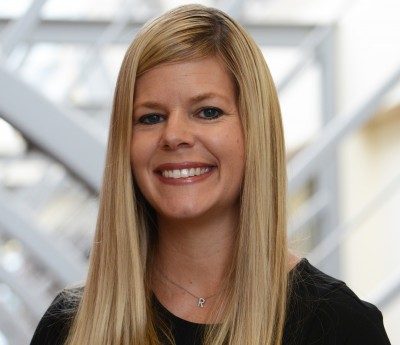 “Without a doubt, the program has opened doors and expanded the minds of what students believe and know is possible for them,” says Rene Roselle, an assistant clinical professor at the Neag School of Education and a consultant from Neag to the Teacher Preparatory Program. “Ideally, a large number of the students who graduate will pursue education as a career and return to urban centers to inspire others to teach.”
“Without a doubt, the program has opened doors and expanded the minds of what students believe and know is possible for them,” says Rene Roselle, an assistant clinical professor at the Neag School of Education and a consultant from Neag to the Teacher Preparatory Program. “Ideally, a large number of the students who graduate will pursue education as a career and return to urban centers to inspire others to teach.”
More than 90 percent of the students at Bulkeley High are members of a minority group. Almost 70 percent speak a language other than English at home; more than 20 percent are not fluent in English.
Neag School of Education Dean Dr. Thomas DeFranco stressed the need for the program at Bulkeley High. “We are very excited about Bank of America’s support to the Neag School of Education,” he says. “This program at Bulkeley will create a pipeline of teachers from underrepresented groups that will have a significant impact on students throughout the state.”
Students of color make up 39 percent of public school students younger than 18 in Connecticut, yet persons of color account for only 7 percent of the teaching profession statewide.
The Neag School of Education has had a longstanding partnership with Bulkeley High. As part of that partnership, UConn has been involved in Bulkeley’s efforts to prepare students for college, including working with GEAR-UP (a federal grant program designed to increase the number of low-income students who are prepared to enter and succeed in post-secondary education) and College for Every Student programs. Over the years, UConn has, in turn, sent hundreds of its education students to Bulkeley to experience teaching and learning in an urban high school.
For more information about the UConn Foundation and UConn’s capital campaign, please visit www.foundation.uconn.edu.
Building on a long-standing tradition of investing in the communities it serves, last year Bank of America embarked on a 10-year goal to donate $2 billion to non-profit organizations engaged in improving the health and vitality of their neighborhoods. Bank of America approaches giving through a national strategy called “neighborhood excellence” under which it works with local leaders to identify and meet the most pressing needs of individual communities. Bank associates volunteered more than 800,000 hours in 2009 to enhance the quality of life in their communities nationwide. For more information about Bank of America Corporate Philanthropy, please visit www.bankofamerica.com/foundation.
